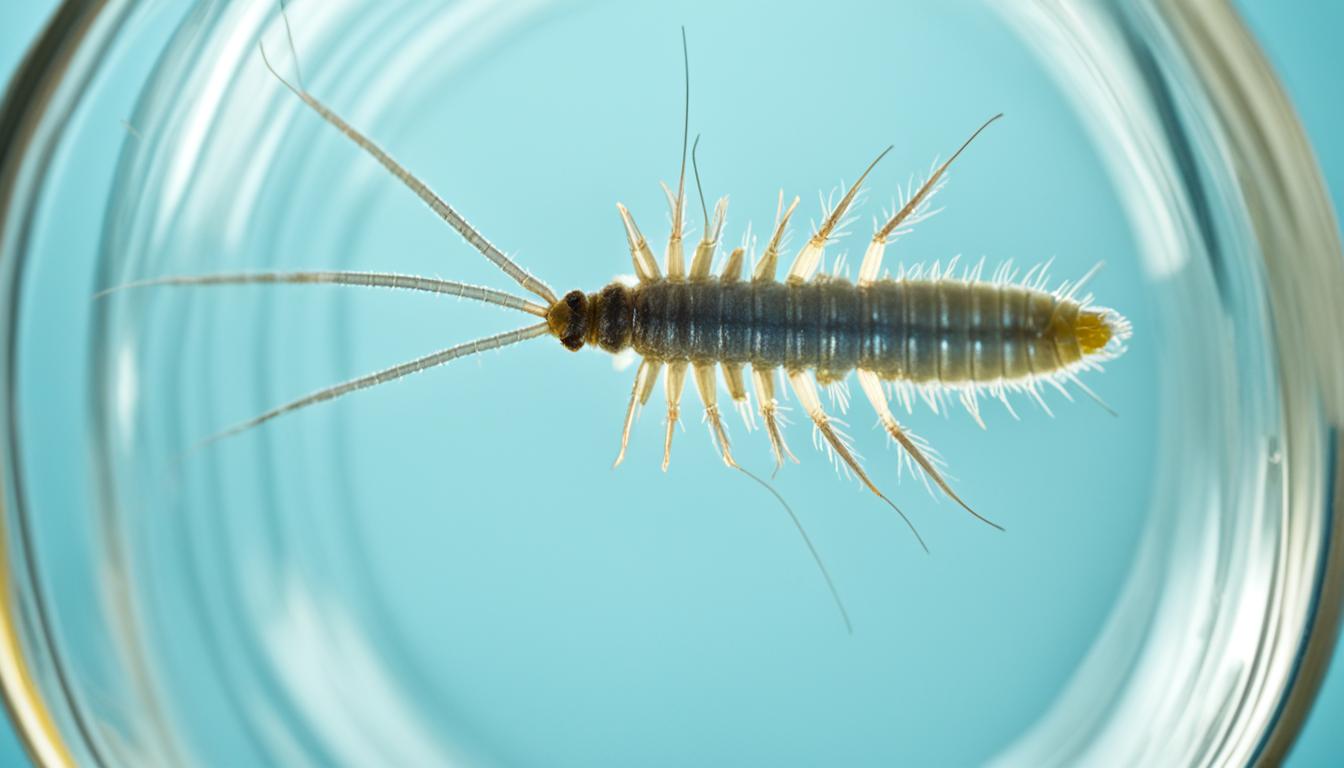Welcome to our comprehensive guide on how to get rid of silverfish and prevent future infestations. Silverfish, scientifically known as Lepisma saccharina, are common household pests that can cause damage to various items in your home. They are attracted to sugary substances and thrive in moist environments, making it essential to take immediate action.
In this article, we will provide you with effective methods for silverfish extermination and prevention. Whether you’re dealing with a current infestation or want to safeguard your home from potential invasions, we’ve got you covered.
Let’s dive into the specifics of removing these pesky creatures and ensuring a silverfish-free home environment.
Understanding Silverfish Behavior and Infestation Signs
Silverfish are attracted to polysaccharides found in household objects like book glue, carpet fibers, and furniture. They lay their eggs in dark and moist areas of your home. Common signs of a silverfish infestation include finding their eggs, which look like white and yellow bulbs, and noticing their droppings.
| Infestation Signs | Description |
|---|---|
| Silverfish Eggs | These eggs resemble white and yellow bulbs and can be found in dark and moist areas, such as basements, attics, and bathrooms. |
| Silverfish Droppings | These droppings appear as small black specks and can be found near their hiding spots, such as in bookshelves, closets, or under furniture. |
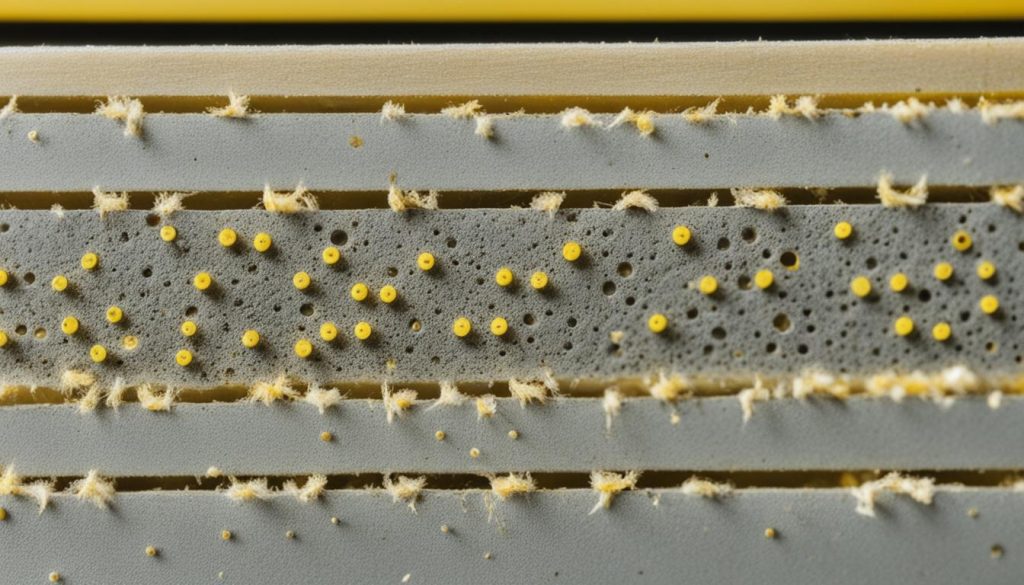
If you notice these signs in your home, it’s important to take immediate action to prevent the infestation from spreading further. Silverfish can cause damage to your belongings and can quickly multiply if left unchecked. Understanding their behavior and recognizing the signs of an infestation can help you address the problem effectively.
How to Get Rid of Silverfish?
Natural Methods to Get Rid of Silverfish
When it comes to getting rid of silverfish, there are several natural methods that you can try. These remedies are not only effective but also safe for both humans and pets. Let’s explore some of the most popular natural solutions:
1. Starchy Food Traps
Set up starchy food traps to lure and capture silverfish. Place items like bread, flour, or cereal in a shallow container and add some water to make it sticky. Silverfish will be attracted to the food and get trapped in the sticky mixture.
2. Wet Newspaper
Use wet newspaper to attract and remove silverfish. Roll up damp newspaper and place it in areas where silverfish are frequently spotted. The silverfish will be attracted to the dampness and can then be safely removed along with the newspaper.
3. Sticky Traps
Another effective method is to use sticky traps specifically designed for silverfish. Place these traps in areas where silverfish activity is noticeable, such as basements, attics, or cupboards. The silverfish will get stuck to the trap, making it easier for you to dispose of them.
4. Cedar or Cedar Oil
Silverfish are repelled by the scent of cedar. Consider using cedar blocks or cedar oil in areas prone to silverfish infestations. Place the blocks or apply a few drops of cedar oil in closets, drawers, or other areas where silverfish are likely to hide.
5. Dried Bay Leaves
Another natural silverfish repellent is dried bay leaves. Place these leaves in areas where silverfish are commonly found, such as bookshelves, kitchen cabinets, or bathroom corners. The strong aroma of bay leaves repels silverfish and discourages them from entering your living spaces.
6. Salt as a Deterrent
Although salt is not typically used as a direct method of extermination, it can act as a deterrent for silverfish. Sprinkle salt in cracks, crevices, and any other areas where silverfish may enter or hide. The salt will absorb moisture and create an inhospitable environment for silverfish.
| Natural Method | Pros | Cons |
|---|---|---|
| Starchy Food Traps | Easy to set up | Requires monitoring and disposal |
| Wet Newspaper | Simple and inexpensive | Requires regular replacement |
| Sticky Traps | Effective at capturing silverfish | May need multiple traps for larger infestations |
| Cedar or Cedar Oil | Natural and pleasant scent | May need to replenish the scent over time |
| Dried Bay Leaves | Easily accessible and affordable | May not provide complete eradication |
| Salt as a Deterrent | Readily available in most households | Not a direct method of extermination |
The Effectiveness of Natural Methods
While natural methods can help control silverfish infestations, they may not completely eliminate them. These remedies are best used as part of an integrated pest management approach that includes regular cleaning, reducing moisture levels, and sealing entry points to prevent silverfish from returning.
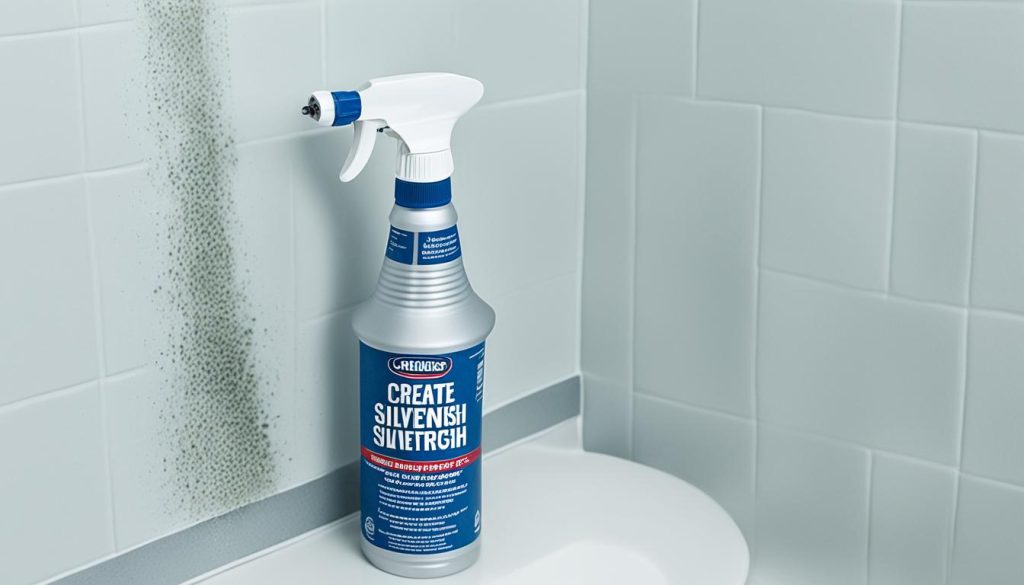
Chemical Methods to Get Rid of Silverfish
If natural methods are not effective in eliminating silverfish, you can turn to chemical solutions to eradicate these pests from your home. Chemical methods, such as silverfish poison or commercially available insecticides, can provide a more aggressive approach to silverfish extermination.
When using chemical treatments, it is crucial to carefully follow the instructions provided by the manufacturer. This ensures the effectiveness of the product and minimizes any potential risks. It’s important to prioritize the safety of children and pets by keeping them away from treated areas.
While bleach is commonly used for cleaning and disinfecting, it is not recommended as a silverfish control method. Bleach may not effectively eliminate silverfish and can pose unnecessary risks to your health and the environment.
Consider using silverfish poison or insecticides specifically designed for silverfish extermination to achieve the best results. These products are formulated to target silverfish and can effectively eliminate infestations when used correctly.
Key Points:
- Silverfish poison and commercially available insecticides can be effective chemical methods for eliminating silverfish.
- Follow the instructions provided by the manufacturer to ensure product efficacy and minimize risks.
- Avoid using bleach as a silverfish control method as it may not effectively eliminate them.
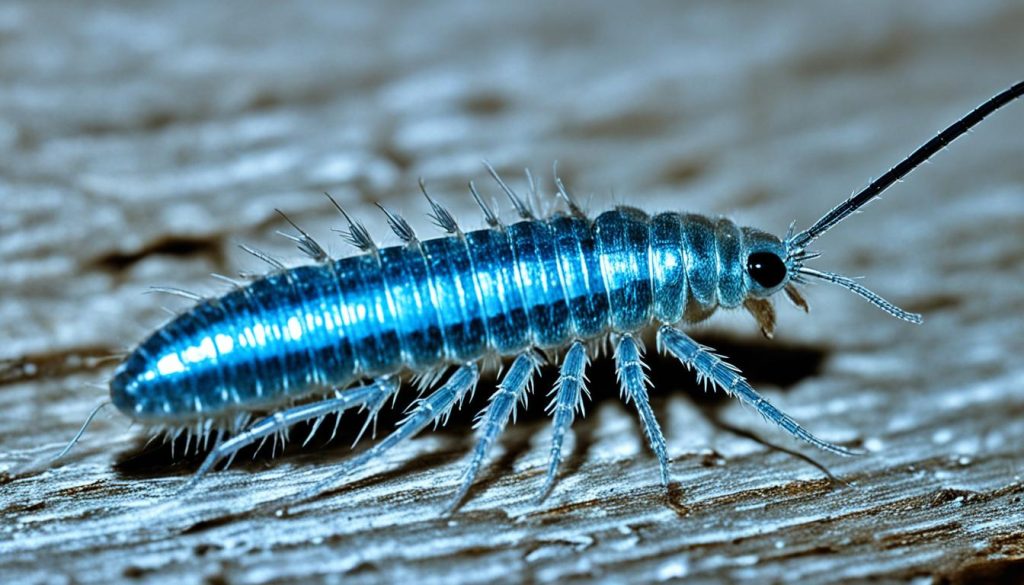
Preventing Silverfish Infestations
To prevent silverfish infestations, it’s important to take proactive measures and create an environment that is unfavorable for their survival. By implementing the following preventive strategies, you can minimize the risk of silverfish invading your home and protect your belongings.
Maintain Cleanliness and Eliminate Food Sources
One of the key steps in silverfish prevention is keeping your home clean and free of potential food sources that attract these pests. Store dry foods such as cereals, grains, and pet food in sealed containers to prevent silverfish from accessing them. Regularly vacuum and dust your home, paying close attention to areas where crumbs and food particles may accumulate, such as kitchens, dining areas, and pantry shelves.
- Store dry food in sealed containers
- Regularly vacuum and dust your home
- Remove adhesive items that attract silverfish
Protect Your Clothing and Paper Items
Silverfish have a particular affinity for fabrics and papers. To safeguard your clothing and important documents from silverfish damage, take the following steps:
- Store clothes and other fabric items in sealed containers or garment bags to prevent silverfish from feeding on them.
- Regularly inspect and declutter storage areas, such as closets, attics, and basements, to identify any signs of silverfish activity or eggs.
- Keep books, magazines, and paper items off the floor and store them in tightly sealed containers or bookshelves.
Seal Cracks and Openings
Silverfish can enter your home through small cracks and openings. Seal these entry points to prevent their easy access:
- Inspect your home for cracks, gaps, and openings along baseboards, windows, pipes, and doors.
- Seal any openings with caulk or weather stripping to eliminate potential entry points for silverfish.
- Repair any damaged screens or vents to prevent silverfish from entering your home.
Control Moisture Levels
Silverfish thrive in humid environments. To reduce moisture levels and create an unfavorable habitat for these pests, follow these tips:
- Use a dehumidifier in rooms with high humidity, such as bathrooms and basements.
- Fix any water leaks or plumbing issues promptly to prevent excess moisture buildup.
- Ensure proper ventilation in areas prone to moisture, such as kitchens and bathrooms.
Implementing these preventive measures can significantly reduce the risk of silverfish infestations and help you maintain a silverfish-free home environment. By following these steps consistently, you can protect your belongings and enjoy a pest-free living space.
Understanding the Health Risks and Allergies Associated with Silverfish
While silverfish are generally harmless, they can cause allergies in some individuals due to the proteins found in their molted exoskeletons. These proteins can combine with other allergens and cause allergic reactions. Silverfish do not bite or sting, and they are not known to carry any diseases. However, their droppings and presence can be unpleasant and unsanitary.
Comparison of Silverfish and Other Household Pests
| Pest | Bite or Sting | Cause Allergies | Carry Diseases |
|---|---|---|---|
| Silverfish | No | Yes (exoskeleton proteins) | No |
| Bed Bugs | Yes | Yes (saliva) | No |
| Mosquitoes | Yes | Yes (saliva) | Yes (malaria, dengue, etc.) |
| Cockroaches | No | Yes (dander, saliva) | Yes (salmonella, E. coli, etc.) |
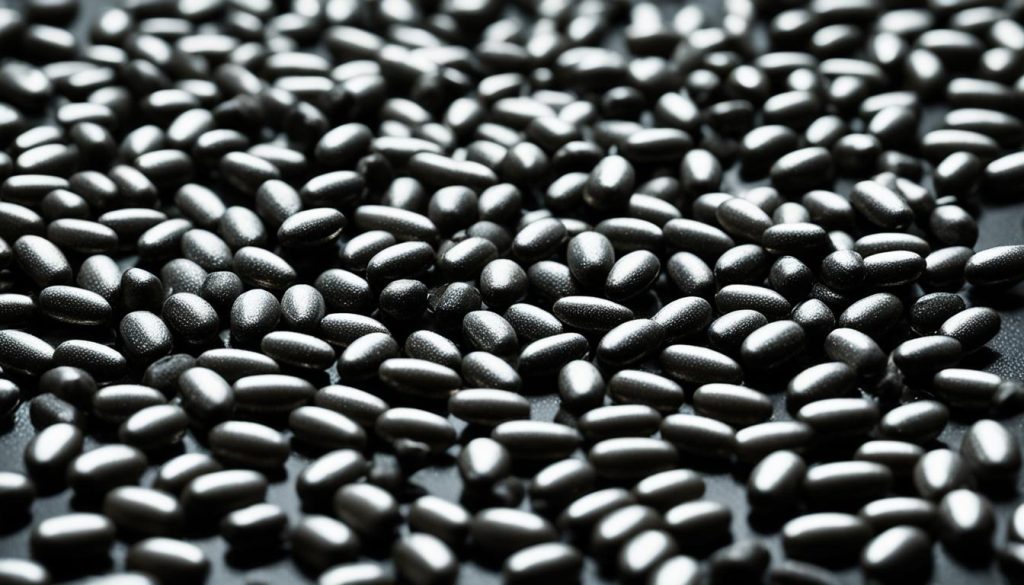
It’s important to be cautious when dealing with silverfish droppings or any signs of infestation. Proper cleaning and preventive measures can help minimize the risk of allergic reactions and maintain a clean and healthy living environment.
Conclusion
In conclusion, getting rid of a silverfish infestation in your home is possible by implementing a combination of removal and prevention methods. By following the effective tips and techniques mentioned in this article, you can effectively eliminate silverfish and prevent future infestations. The above process is also similar to that of house fly removal.
To keep silverfish away from your house, it is crucial to maintain cleanliness and hygiene. Regularly clean your home, especially areas where silverfish tend to hide. Seal food containers to prevent access to their food sources and reduce moisture levels to discourage their presence.
If your silverfish infestation persists or worsens despite your efforts, it is advisable to seek professional pest control services for effective silverfish eradication. Professionals have the expertise and specialized tools to handle the situation and ensure long-term results.
FAQs
How can I identify signs of a silverfish infestation?
Common signs of a silverfish infestation include finding their eggs, which look like white and yellow bulbs, and noticing their droppings.
Do chemical methods effectively eliminate silverfish?
Chemical methods, such as using silverfish poison or commercially available insecticides, can be effective in eliminating silverfish. However, it’s important to follow the instructions carefully and ensure the safety of children and pets when using these products.
Are silverfish harmful to my health?
While silverfish are generally harmless, they can cause allergies in some individuals due to the proteins found in their molted exoskeletons. These proteins can combine with other allergens and cause allergic reactions. Silverfish do not bite or sting, and they are not known to carry any diseases. However, their droppings and presence can be unpleasant and unsanitary.
What should I do if the silverfish infestation persists or worsens?
If the silverfish infestation persists or worsens despite your efforts, it’s recommended to seek professional pest control services for effective silverfish eradication.

